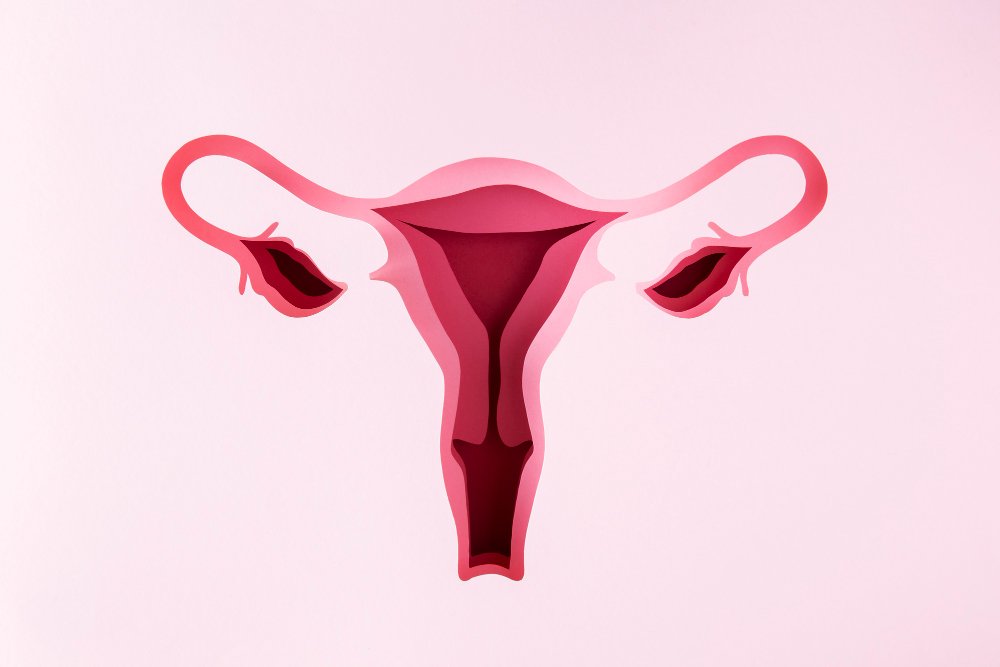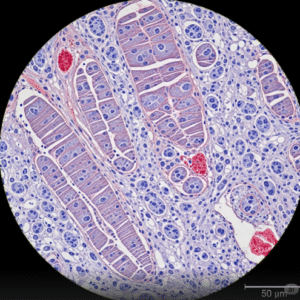Overview
Uterus Didelphys is a rare congenital uterine anomaly in which a woman is born with two separate uteri, and often two cervices, and in some cases, a vaginal septum. This condition results from improper fusion of the two Müllerian ducts during fetal development. While some women remain asymptomatic, others may face complications related to menstruation, fertility, or pregnancy.
What is Uterus Didelphys
Uterus Didelphys is a congenital malformation where the uterus is duplicated, meaning a woman has two distinct uterine cavities, each with its own endometrial lining. In many cases, the condition is also associated with two cervices, and occasionally a longitudinal vaginal septum dividing the vaginal canal. This anomaly arises due to incomplete fusion of the Müllerian ducts during embryonic development and is one of the rarest types of Müllerian anomalies.
Symptoms
Many women with uterus didelphys experience no symptoms. However, some may present with:
- Painful or heavy menstrual periods
- Difficulty inserting tampons (if a vaginal septum is present)
- Recurring miscarriage or preterm labor
- Pain during intercourse
- Irregular menstrual cycles from dual cavities
- Infertility or difficulty conceiving (in some cases)
- Obstructed menstrual flow (if one uterus is blocked)
Causes
Uterus didelphys is caused by a developmental defect during embryogenesis, specifically the failure of the Müllerian ducts to fuse properly in the female fetus. The cause is congenital (present from birth) and is not related to external factors or lifestyle choices.
Risk Factors
Since this condition is congenital, there are no modifiable risk factors. However, it may be more likely in women with:
- Family history of uterine or vaginal anomalies
- Associated renal abnormalities, such as a single kidney
- Other Müllerian duct anomalies, including septate or bicornuate uterus
- Rare genetic syndromes affecting embryonic development
Complications
While some women with uterus didelphys have normal reproductive outcomes, others may experience:
- Infertility
- Recurrent miscarriage
- Preterm labor or delivery
- Fetal malpresentation (breech or transverse)
- Cesarean section requirement
- Obstructed menstruation or hematocolpos (if one cavity is closed)
- Vaginal septum causing discomfort or obstruction
Prevention
There is no known way to prevent uterus didelphys, as it is a congenital condition. However:
- Early detection through imaging can help manage future risks
- Genetic counseling may be considered in families with a history of uterine anomalies
- Regular gynecological evaluations can help identify complications early
- Prenatal imaging can aid in anticipating pregnancy-related issues
Treatment Options in Korea
South Korea provides expert-level diagnostic and surgical care for women with uterus didelphys, with a focus on fertility preservation and personalized reproductive planning.
- Diagnosis:
- Pelvic ultrasound or 3D ultrasound
- MRI for precise anatomical mapping
- Hysterosalpingography (HSG) to assess uterine structure and fallopian tubes
- Hysteroscopy or laparoscopy, if surgery is considered
- Management:
- No treatment if asymptomatic and fertility is unaffected
- Surgical removal of vaginal septum to relieve pain or obstruction
- Close monitoring during pregnancy, including frequent ultrasounds
- Fertility counseling and assisted reproductive techniques (ART)
- Cesarean delivery often recommended due to uterine shape and fetal position
Korean gynecologic and fertility clinics offer advanced imaging, minimally invasive surgery, and high-risk pregnancy care, enabling women with uterus didelphys to achieve successful reproductive outcomes.













